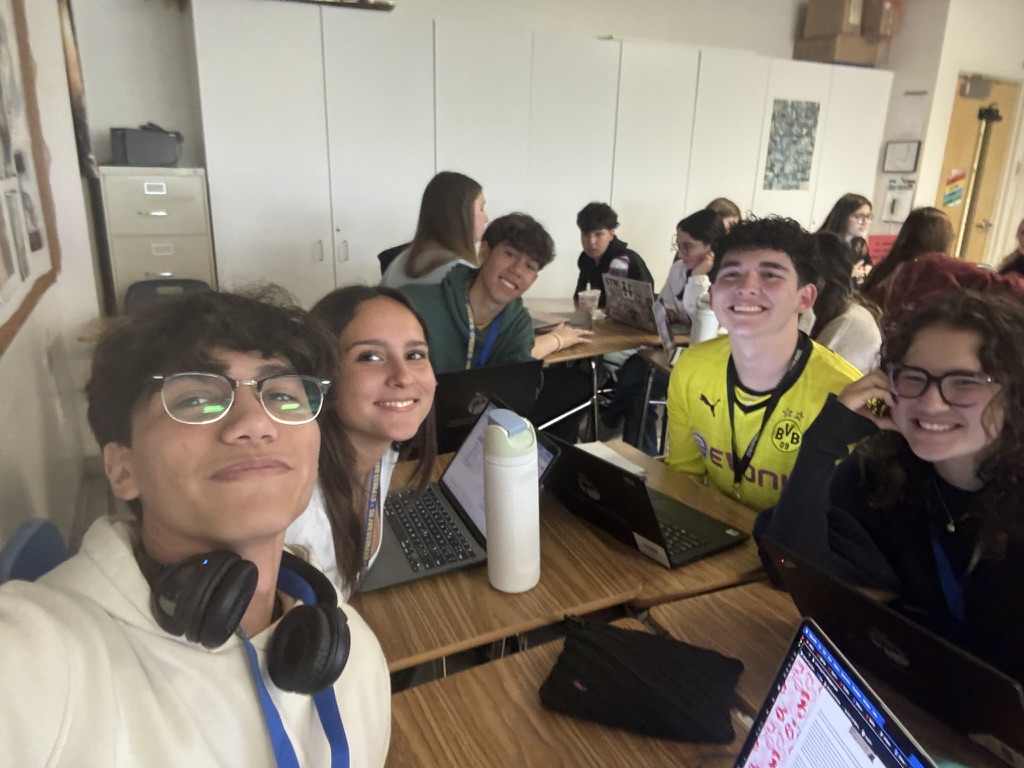For my last blog post, I'll discuss about a little group meeting we had in class. For this we get assigned random groups, with different people from our class so that we can discuss how our production and blogs are going. It's overall a very fun activity as you learn more about different classmates and also they're projects.
For my groups it was David, Gabriel, Emma, and Samia, and we had to take some notes on each other's blogs and discussion. This is my group on the right!
So here are my notes for this discussion:
Samia:
- Very well developed notes in bullet points
- Has information but not overly boring information
- Chooses carefully not copyrighted sounds and music
Emma's idea for her CCR
- To create a car crash scenario
- Is asked a bunch of questions regarding the CCR's instructions to keep consciousness
- Also shared her idea of her film opening, which is basically a gymnast that got injured and even after healing is stubborn towards her process.
Gabriel's Idea
- A spy sort of movie that the main character gets set up and police start chasing and has to escape.
- Follows his storyboard
- Wants to add creative shots of his film such as POVs when escaping and that sort of stuff
David's group idea and his production
- About a serial killer, production is made to look very old timey in black and white
- Has good shots, especially the one opening a hand to a note in a dead body
- Prop of newspaper made specially for the film, that has information regarding the murders going around
- Has very different techniques involved into his film which makes it look very well put together
Some good tips that I got from my classmates were:
- Trying to download the footage beforehand so its easier to import
- Having visuals in most blog posts
- Not editing in phones which just makes it all harder overall
- Taking multiple shots of the same scene just in case one turns out to be bad
- Being more elaborate with blog posts.










